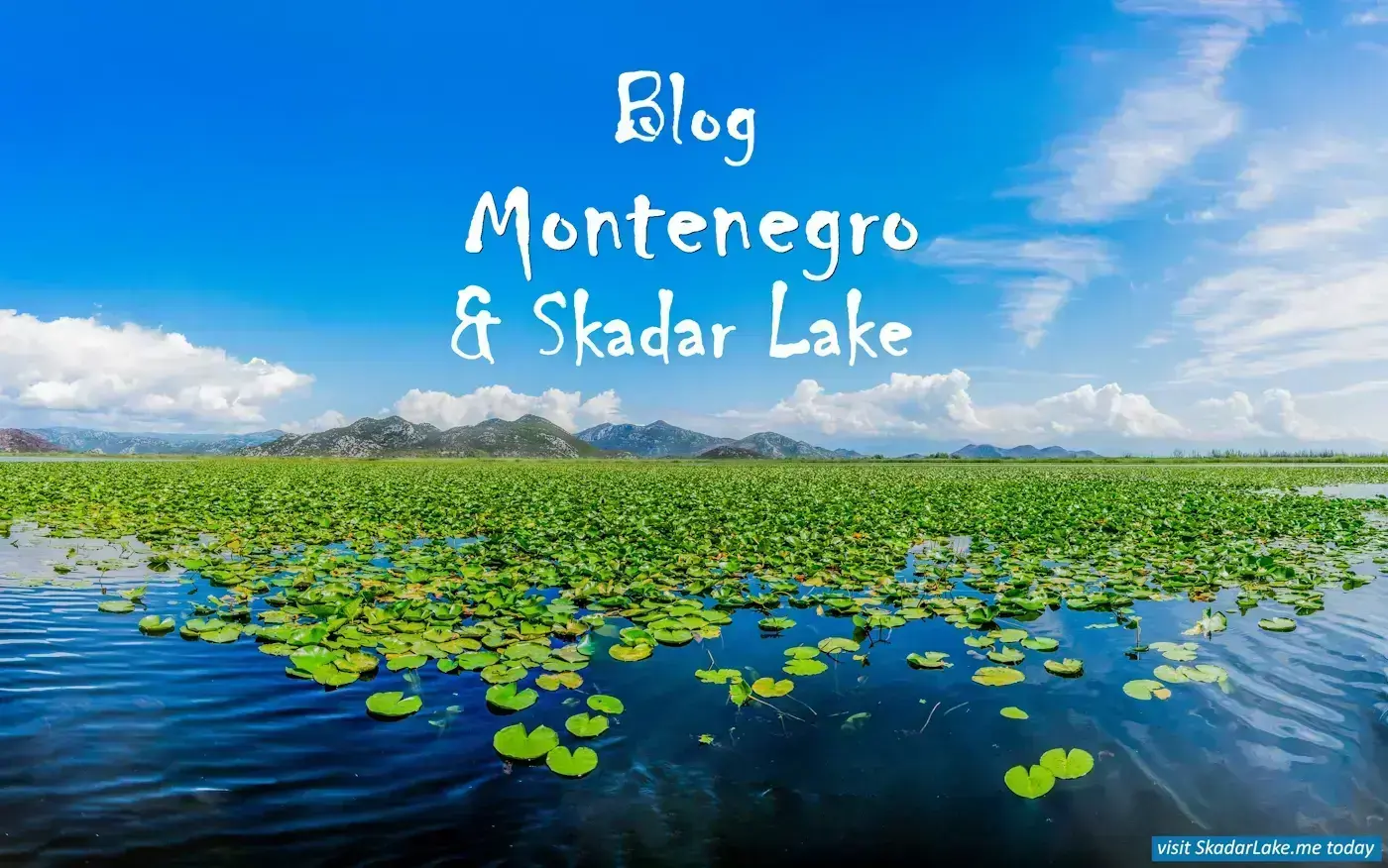

How to describe the beauty of our home area Montenegro and especially the Skadar Lake National Park?
We just tell you more about!
This is a series of posts about facts, information but expecially the beauty and wilderness of the most stunning places in Montenegro and our heartland, the Skadar Lake. Please feel invited to join the magical mystery tour into the most hidden spots in the balkans.
Let the heart of Montenegro touch yours.
Family friendly and the largest variation of rooms and experiences
Stay with us and get true montenegrin hospitality.
Your plus: From family excursions or tours for
adventurer to the nature's lover tour, we have all the choices for your unforgettable experience in Skadar Lake area
Magical
boat excursions, hiking tours, cycling tours, wine and food tastings - plus many other services wait for you.
Enjoy the best experiences at Skadar Lake, from locals
Captain Dusko and his family is truly original montenegrian from this area. We are happy to show you
all the hidden spots of this wonderful lake.
There is no
better way to find the most famous experiences of the Skadar lake.




















